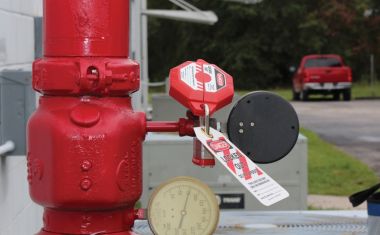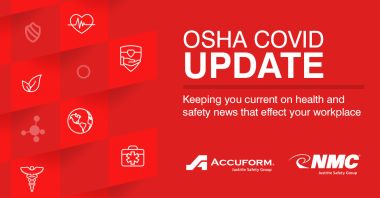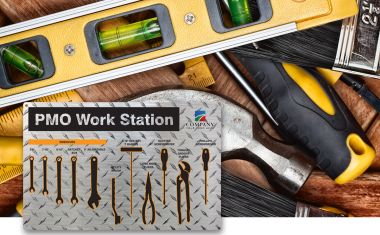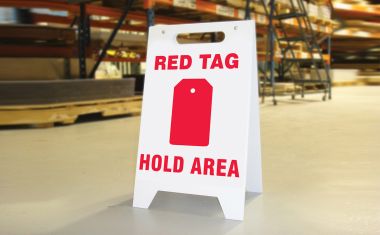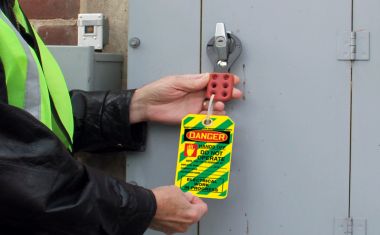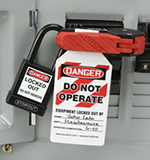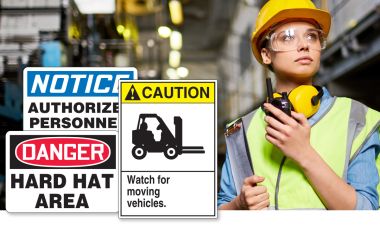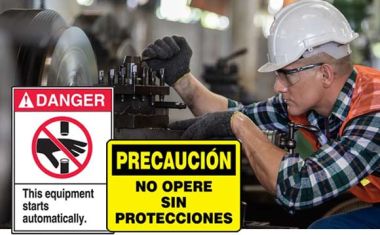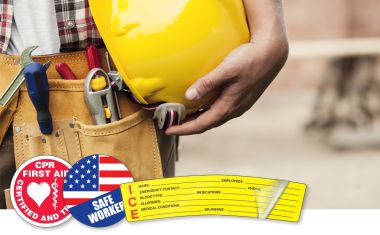Hazards Invisible to the Eye are Dangerous
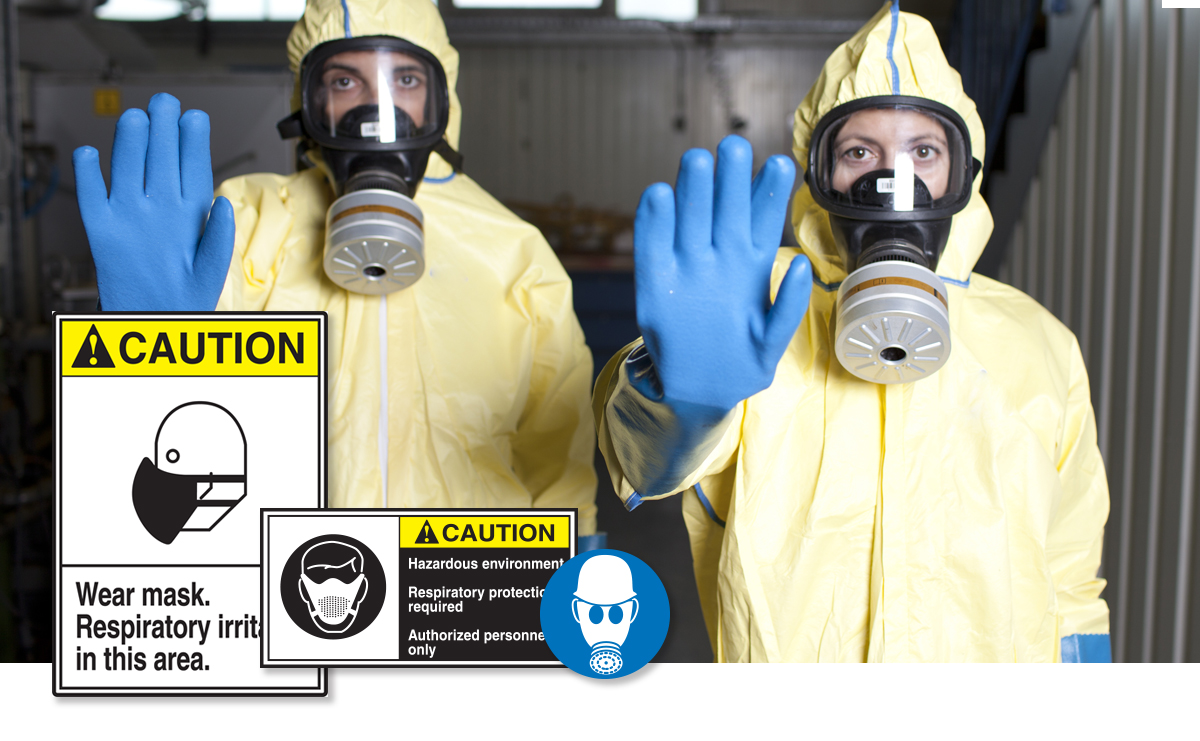
Learn why protecting workers from respiratory diseases is critically important in virtually every industry!
OSHA Respiratory Protection for Industry Safety
Every year, OSHA’s Respiratory Protection Standard 29 CFR 1910.134 appears as one of the top 10 most frequently cited standards. Despite the fact that an estimated 5 million workers are required to wear respirators in 1.3 million workplaces throughout the United States.
The truth is, respirators protect workers from harmful dust like silica, beryllium, coal, hard metals, and asbestos, vapors, and sprays. Yes, all these hazards can cause cancer, lung impairment, diseases, or death. However, with a combination of more respiratory risks - like welding fumes recently classified by the World Health Organization as a Group 1 carcinogen and respiratory technology taking another step forward – protecting workers from respiratory diseases is more of a concern.
What do respiratory hazards look like, as indicated by OSHA:
- Dust, such as those found when adding dry ingredients to a mixture
- Metal fumes from welding, cutting, and melting of metals
- Solvent vapors from spray coatings, adhesives, paints, strippers, and cleaning solvents
- Infectious agents, such as tuberculosis bacteria in healthcare settings
- Chemical hazards, such as chlorine gas and anhydrous ammonia in chemical processing and use operations
- Sensitizing vapors or dust, such as isocyanates, certain epoxies, and beryllium
- Oxygen deficiency, which is sometimes found in confined spaces
- Pharmaceuticals during the production of prescription drugs
You can reduce exposure to respiratory hazards with these methods:
- Engineering controls - such as local exhaust ventilation
- Work practice controls - such as applying coatings using a brush rather than a spray
- Administrative controls - such as minimizing the exposure time or the number of workers exposed to the hazard
Why is proper respiratory training critical – aren’t all respiratory devices the same?
Since many environments are different, it’s important to provide workers with the correct respiratory devices they need to wear. A thorough written program is a core component of an effective and complete respiratory protective program.
According to OSHA 29 CFR 1910.134, employers must create and maintain an individualized, written respiratory program if their employees are required to use respirators. Also, employers must choose the National Institute for Occupational Safety and Health (NIOSH) certified respirators for their employees when respirators are required.
Even when wearing a respirator, if you’re not properly trained on how to use it, it will not protect you.
Present training in a way that is easy to understand and it should include the following:
- Why you need to use the respirator
- What the respirator can and cannot do to protect you
- How to properly inspect, put on and take off, and use your respirator
- How to check the seal of your respirator (also called a "user seal check")
- How to use the respirator effectively in emergency situations, including situations in which the respirator doesn't work properly
- How to recognize medical signs and symptoms that may limit or prevent you from using a respirator
- How improper fit, usage, or maintenance can reduce your respirator's ability to protect you
- What the procedures are for maintenance and storage of the respirator
- What the requirements are for federal OSHA's or your State OSHA's Respiratory Protection Standards.
Respiratory protection can protect the user in two basic ways:
- Removal of containment in the air. Respirators of this type include particulate respirators, which filter out airborne particles, and air-purifying respirators with cartridges/canisters which filter out chemicals and gases.
- Respirators protect by supplying clean respirable air from another source. Respirators that fall into this category include airline respirators, which use compressed air from a remote source, and self-contained breathing apparatus (SCBA), which include their own air supply.
When exposure cannot be identified or reasonably estimated, the atmosphere must be considered as an immediately dangerous to life or health (IDLH).
Ensure your workers are thoroughly trained on atmospheric hazards in their workspace, signs are posted to warn them to wear respirator equipment, and they’re provided with the right personal protective equipment (PPE) to keep them safe.
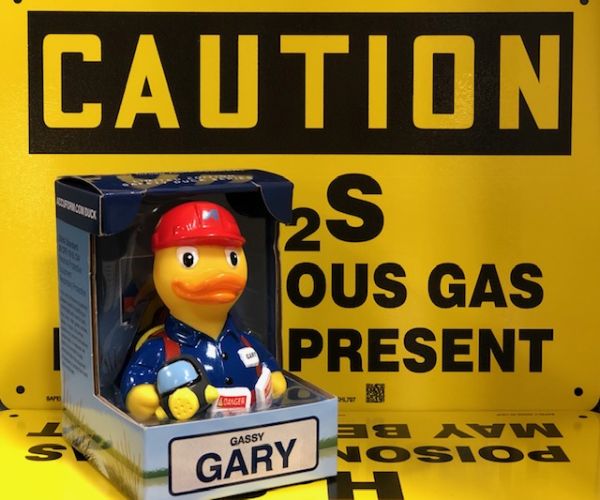
Introducing Gassy Gary
Want to learn more about the OSHA Respiratory Protection Standards and score our FREE Limited Edition OSHA Safety Duck, Gassy Gary? You can register for him right here, while supplies last.
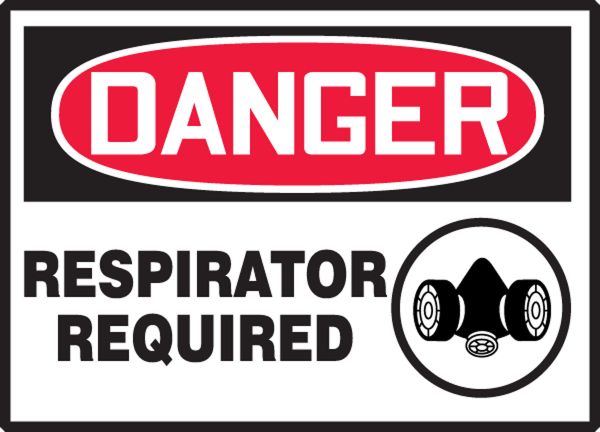
Respiratory Signs
Ensure your workers clearly understand when they need to wear their personal protective equipment (PPE) by posting Respirator Protection Signs in designated areas throughout your facility.
